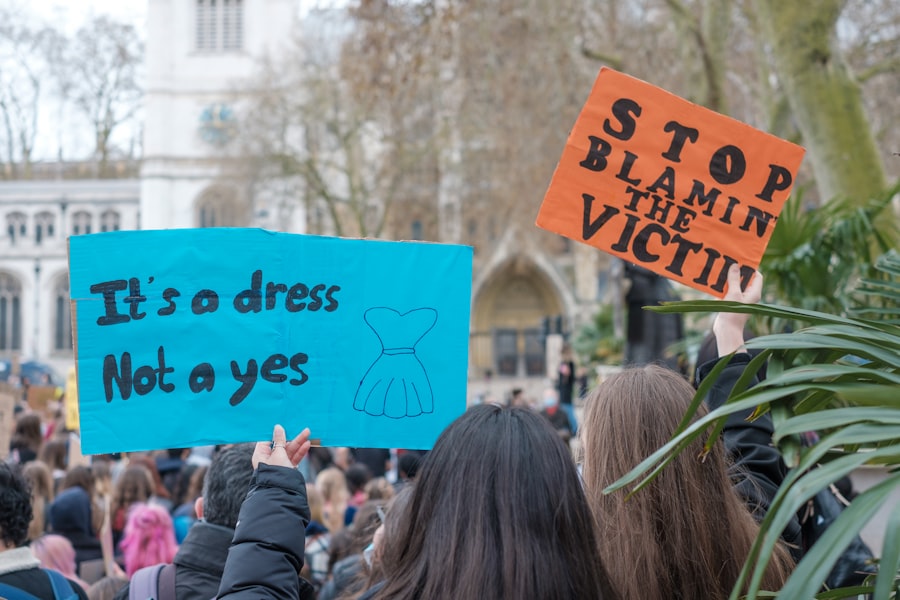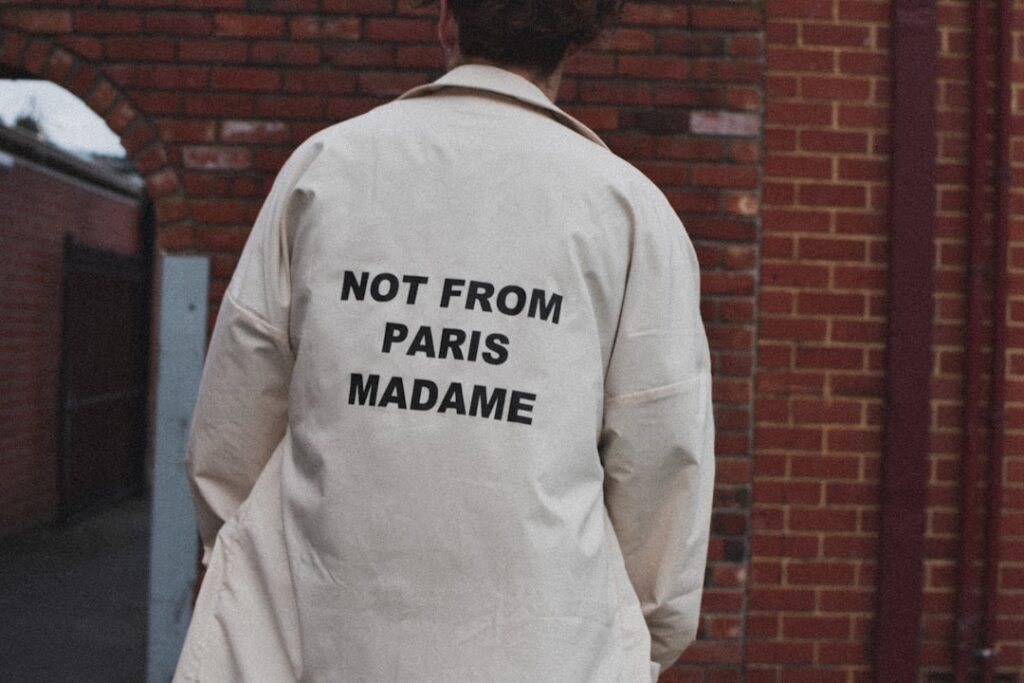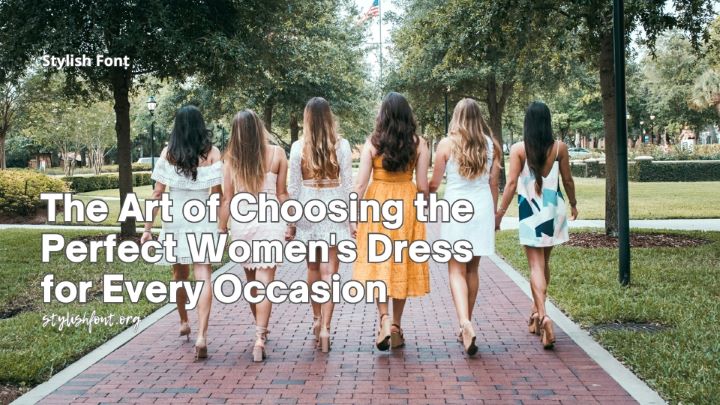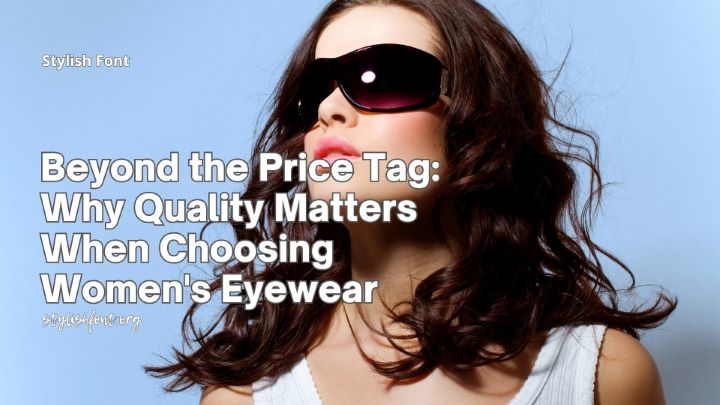Fashion activism is a dynamic and multifaceted movement that intertwines the realms of style and social change. It encompasses a wide array of practices where individuals and groups use clothing, accessories, and overall aesthetics as a means to express political beliefs, advocate for social justice, and challenge societal norms. This form of activism transcends mere fashion statements; it serves as a powerful vehicle for raising awareness about critical issues such as environmental sustainability, gender equality, racial justice, and workers’ rights.
By donning garments that carry messages or embody specific ideologies, activists aim to provoke thought, inspire dialogue, and mobilize communities toward collective action. At its core, fashion activism is about more than just the clothes one wears; it is a conscious choice to engage with the world in a meaningful way. It encourages individuals to reflect on their consumption habits and the broader implications of the fashion industry.
As consumers become increasingly aware of the ethical dilemmas surrounding fast fashion and its impact on the environment and marginalized communities, many are turning to fashion activism as a means of advocating for change. This movement not only empowers individuals to express their values through their wardrobe but also fosters a sense of solidarity among those who share similar beliefs.
Key Takeaways
- Fashion activism is the use of clothing and style as a means of expressing and advocating for social and political change.
- Fashion activism has a long history, dating back to the early 20th century with movements such as the Suffragettes using clothing to make a statement.
- Fashion activism can impact society by raising awareness, challenging norms, and promoting inclusivity and diversity.
- Famous examples of fashion activism include the use of slogan t-shirts, runway shows with political messages, and collaborations with social justice organizations.
- You can incorporate fashion activism into your personal style by supporting ethical and sustainable fashion brands, wearing clothing with empowering messages, and using your platform to advocate for change.
The History of Fashion Activism
The roots of fashion activism can be traced back to various social movements throughout history, where clothing has played a pivotal role in expressing dissent and advocating for change. One of the earliest examples can be found in the suffragette movement of the early 20th century, where women donned white dresses and sashes to symbolize purity and their fight for the right to vote. This strategic use of fashion not only made a statement but also helped to unify the movement, creating a recognizable identity that resonated with supporters.
As time progressed, the 1960s and 1970s saw a surge in fashion activism, particularly during the civil rights movement and the counterculture revolution. Clothing became a canvas for self-expression and rebellion against societal norms. The rise of punk fashion, characterized by its DIY aesthetic and provocative imagery, served as a form of protest against mainstream culture and political injustices.
Activists used their attire to challenge authority, confront issues such as racism and sexism, and advocate for marginalized voices. This era marked a significant turning point in the relationship between fashion and activism, laying the groundwork for contemporary movements that continue to shape the industry today.
How Fashion Activism Impacts Society

Fashion activism has a profound impact on society by fostering awareness and encouraging dialogue around pressing social issues. Through the strategic use of clothing and accessories, activists can communicate messages that resonate with a wide audience. For instance, wearing garments emblazoned with slogans or symbols can spark conversations about topics such as climate change, gender inequality, or racial injustice.
This visibility is crucial in an age where social media amplifies voices and movements, allowing messages to reach far beyond local communities. Moreover, fashion activism can inspire collective action by mobilizing individuals around shared values. When people see others using fashion as a tool for advocacy, it can create a sense of belonging and empowerment.
This communal aspect is vital in driving change, as it encourages individuals to participate in movements that align with their beliefs. By transforming personal style into a form of activism, individuals contribute to a larger narrative that challenges the status quo and promotes social justice.
Famous Examples of Fashion Activism
| Activist | Cause | Impact |
|---|---|---|
| Vivienne Westwood | Climate Change | Used fashion shows to raise awareness and funds for environmental causes |
| Stella McCartney | Animal Rights | Promotes the use of sustainable and cruelty-free materials in her fashion line |
| Emma Watson | Gender Equality | Launched the “HeForShe” campaign and promotes ethical fashion choices |
Throughout history, numerous figures have emerged as icons of fashion activism, using their platforms to advocate for change. One notable example is the late designer Alexander McQueen, whose collections often addressed themes of identity, race, and environmental degradation. His provocative runway shows challenged conventional beauty standards and sparked conversations about societal issues, making him a pioneer in merging fashion with activism.
Another prominent figure is activist and designer Stella McCartney, who has been at the forefront of sustainable fashion. Her commitment to ethical practices and animal rights has not only influenced her own brand but has also inspired others in the industry to adopt more sustainable approaches. McCartney’s work exemplifies how fashion can be harnessed as a force for good, promoting environmental consciousness while still delivering high-quality design.
How to Incorporate Fashion Activism into Your Personal Style
Incorporating fashion activism into personal style is an empowering way for individuals to express their values while making a statement. One approach is to curate a wardrobe that reflects ethical choices, such as supporting brands that prioritize sustainability or fair labor practices. By choosing clothing made from organic materials or upcycled fabrics, individuals can contribute to reducing waste and promoting environmentally friendly practices.
Additionally, accessorizing with items that carry meaningful messages can amplify one’s commitment to social causes. Wearing pins or patches that advocate for specific issues can serve as conversation starters and raise awareness among peers. Furthermore, individuals can engage in DIY projects to create unique pieces that reflect their beliefs, transforming ordinary garments into powerful symbols of activism.
By making conscious choices in their wardrobe, individuals can seamlessly blend personal style with advocacy.
The Intersection of Fashion and Social Justice

Fashion as a Tool for Social Change
Fashion has the potential to challenge stereotypes, promote inclusivity, and amplify marginalized voices. Many contemporary designers are using their platforms to advocate for social justice by creating collections that celebrate diversity and challenge traditional beauty standards.
Collaborations for a Cause
Moreover, collaborations between fashion brands and social justice organizations have become more common. These partnerships often result in limited-edition collections where proceeds go toward supporting various causes. Such initiatives not only raise funds but also educate consumers about important issues while fostering a sense of community around shared values.
The Power of Conscious Consumerism
The blending of fashion with social justice creates a powerful narrative that resonates with consumers seeking to make a difference through their purchasing decisions.
Brands and Designers Leading the Way in Fashion Activism
Several brands and designers have emerged as leaders in the realm of fashion activism, setting examples for others in the industry to follow. Patagonia is one such brand known for its commitment to environmental sustainability and ethical practices. The company actively engages in campaigns advocating for climate action while encouraging consumers to repair rather than replace their clothing.
Patagonia’s dedication to transparency and responsibility has positioned it as a trailblazer in sustainable fashion. Another notable example is TOMS Shoes, which pioneered the one-for-one model where every purchase contributes to providing shoes for those in need. This innovative approach not only addresses immediate needs but also raises awareness about global poverty and access to basic necessities.
TOMS has expanded its mission over the years to include mental health initiatives and other social causes, demonstrating how brands can leverage their influence for positive change.
The Power of Representation in Fashion Activism
Representation plays a crucial role in fashion activism by ensuring that diverse voices are heard and celebrated within the industry. The lack of representation has historically marginalized certain groups, leading to narrow definitions of beauty and style. However, recent movements have sought to challenge these norms by promoting inclusivity across various dimensions—race, gender identity, body size, and more.
Brands that prioritize representation not only foster a sense of belonging among consumers but also challenge stereotypes that have long persisted in fashion. By showcasing models from diverse backgrounds and featuring designs that cater to various body types, these brands contribute to a more equitable industry. This shift toward inclusivity empowers individuals to embrace their unique identities while advocating for broader societal change.
Using Fashion as a Tool for Advocacy
Fashion serves as an effective tool for advocacy by providing individuals with a platform to express their beliefs visually. Clothing can convey powerful messages that resonate with audiences on both personal and collective levels. For instance, wearing garments adorned with slogans related to social justice can create visibility for important causes while encouraging others to engage in discussions about these issues.
Moreover, fashion can be used strategically during protests or demonstrations to amplify messages of solidarity and resistance. Activists often wear coordinated outfits or carry banners that reflect their cause, creating a unified front that captures public attention. This visual representation not only strengthens the movement but also inspires others to join in solidarity.
The Role of Social Media in Fashion Activism
Social media has revolutionized the landscape of fashion activism by providing a platform for individuals to share their stories and advocate for change on a global scale. Platforms like Instagram and TikTok allow activists to showcase their personal styles while raising awareness about various social issues. The ability to reach vast audiences instantly has transformed how movements gain traction and mobilize support.
Additionally, social media enables brands and designers to connect directly with consumers who are passionate about social justice. Influencers often collaborate with ethical brands or promote sustainable practices through their platforms, amplifying messages that resonate with their followers. This interconnectedness fosters a sense of community among those committed to using fashion as a means of advocacy.
Challenges and Criticisms of Fashion Activism
Despite its potential for positive change, fashion activism faces several challenges and criticisms that must be addressed for it to be truly effective. One significant concern is the risk of “performative activism,” where individuals or brands engage in superficial displays of support without taking meaningful action behind the scenes. This phenomenon can dilute genuine efforts toward social change and lead to skepticism among consumers.
Furthermore, the commercialization of activism within the fashion industry raises questions about authenticity. As more brands adopt socially conscious messaging as part of their marketing strategies, it becomes essential for consumers to discern which initiatives are rooted in genuine commitment versus those driven by profit motives. To navigate these complexities, both consumers and activists must remain vigilant in holding brands accountable while advocating for transparency within the industry.
In conclusion, fashion activism represents a powerful intersection between style and social change, offering individuals an avenue for self-expression while advocating for critical issues facing society today. As this movement continues to evolve, it holds the potential to reshape not only how people perceive fashion but also how they engage with the world around them. By embracing ethical practices, promoting inclusivity, and leveraging platforms like social media, both individuals and brands can contribute meaningfully to this ongoing dialogue about justice and representation within the fashion industry.
FAQs
What is fashion activism?
Fashion activism is a movement that uses clothing and fashion as a platform for social and political change. It involves using fashion as a tool to raise awareness, promote inclusivity, and advocate for various social and environmental issues.
How does fashion activism work?
Fashion activism works by incorporating social and political messages into clothing designs, organizing fashion-related events and protests, and supporting ethical and sustainable fashion practices. It aims to challenge the status quo and inspire positive change within the fashion industry and society as a whole.
What are some examples of fashion activism?
Examples of fashion activism include clothing lines that promote body positivity, campaigns against sweatshop labor, and fashion shows that celebrate diversity and inclusivity. Additionally, fashion activists may use their platforms to advocate for environmental sustainability and ethical production practices within the fashion industry.
What are the goals of fashion activism?
The goals of fashion activism include promoting social justice, challenging harmful beauty standards, advocating for sustainable and ethical fashion practices, and raising awareness about various social and environmental issues. Fashion activism seeks to create a more inclusive, equitable, and sustainable fashion industry and society.
How can individuals participate in fashion activism?
Individuals can participate in fashion activism by supporting ethical and sustainable fashion brands, educating themselves about the social and environmental impact of the fashion industry, and using their own personal style to promote messages of inclusivity and social change. Additionally, individuals can support fashion activism through activism, advocacy, and community engagement.





